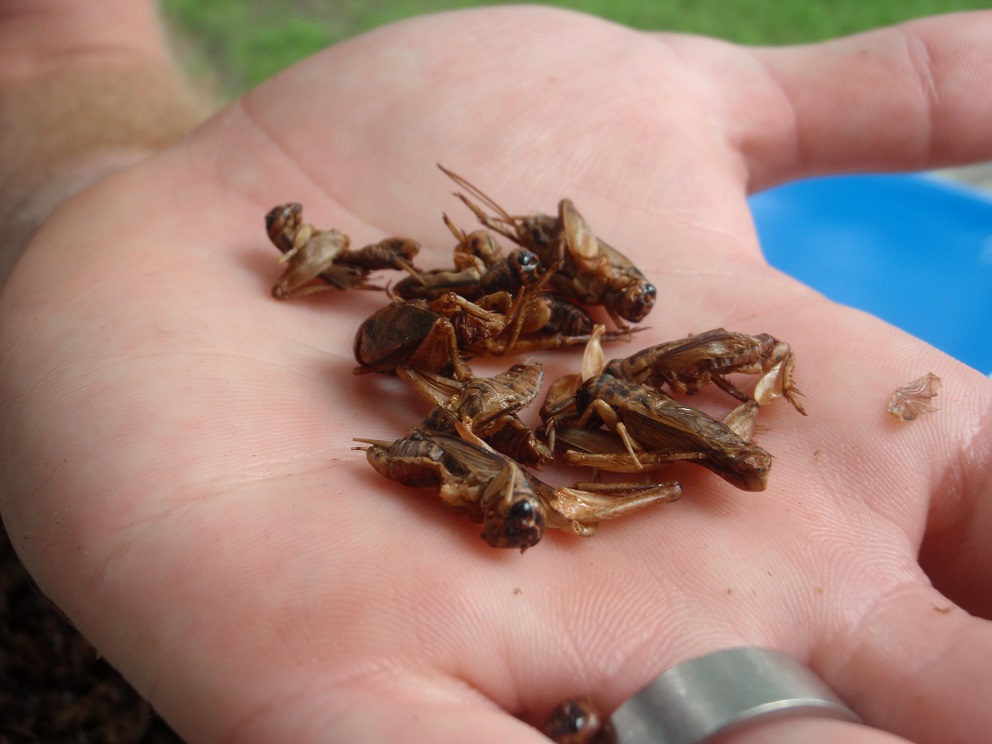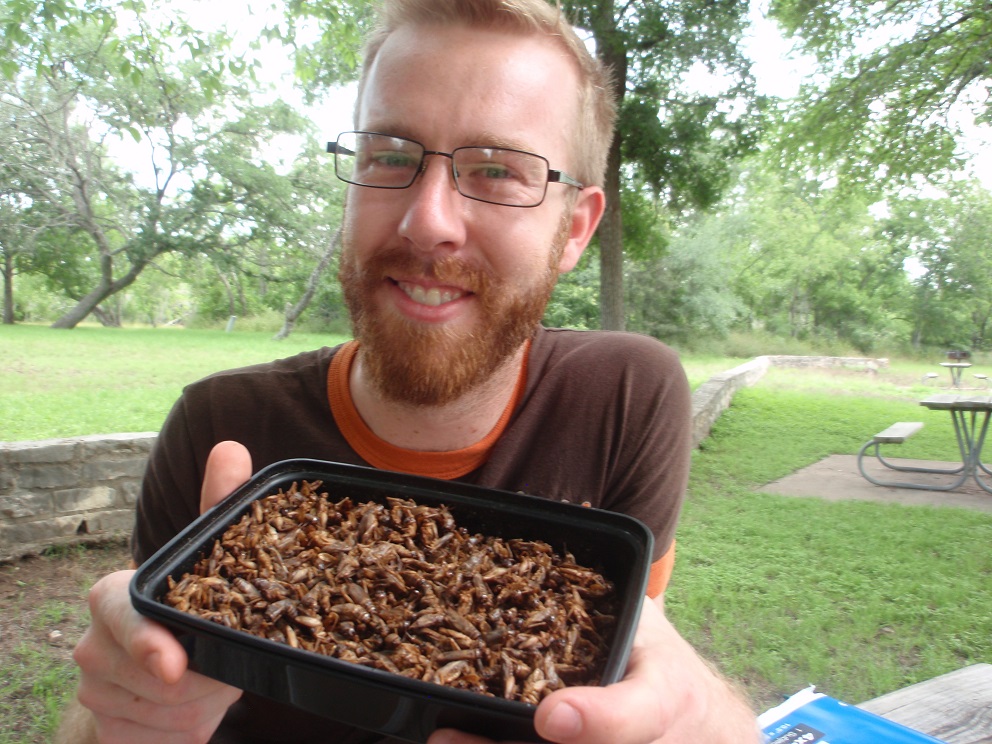Conservation: Tanksley Land Company
Thursday, July 24th, 2014
This is Passport to Texas
A family ranch since the 1920s, the Tanksley Land Company’s goal is to leave their 25-thousand acre property in Far West Texas in better shape than they found it.
05— It’s all about water out here: preserving and directing it to your benefit.
1989 when Betty and her late husband Ben took over management, creosote and tarbush dominated the landscape; grasses and water were scarce.
16—Ben’s vision was to preserve water and to direct the water to the benefit of the ranch. He was building some small dams and
some large dams and did a lot of what we call divots. Little small defilades.
These methods supported better water infiltration and runoff capture, and also created numerous small oases of green grass and forbs for wildlife. Texas Parks and Wildlife biologist Mike Janis says the Tanksley’s innovative management helped them win a regional Lone Star Land Steward Award.
18—We’re recognizing the Tanksleys for this award not because they did a great job implementing lots of things that we recommended at Parks and Wildlife. The roles are really kind of flipped in this situation. We’ve been able to take things we’ve learned that Ben was willing to try and share that information with other landowners who are interested in accomplishing similar goals.
The Wildlife and Sport Fish Restoration program supports our series and provides funding for the Private Lands and Public Hunting Programs.
For Texas Parks and Wildlife, I’m Cecilia Nasti.






 Passport to Texas is a
Passport to Texas is a  Passport to Texas is made available by:
Passport to Texas is made available by: